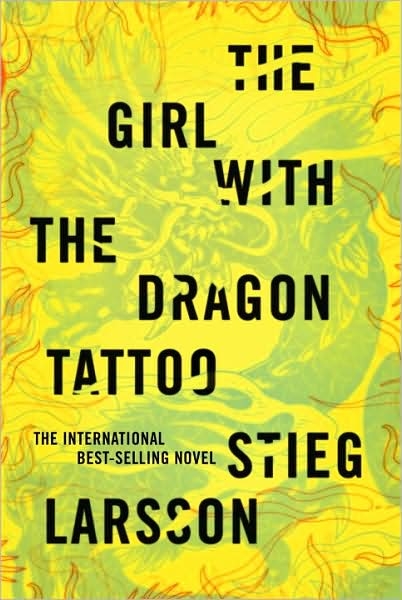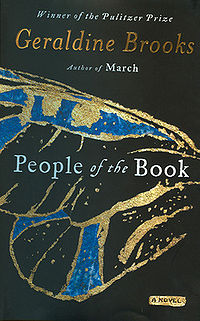 Warning: Stieg Larsson's The Girl with the Dragon Tattoo is for the grownups. It is emphatically not a book for kids (it's not even a book for me). I mention it here because today is Swedish children's writer Astrid Lindgren's birthday, and Lindgren really informs Larsson's book. His two main characters, financial journalist Mikael Blomkvist and punk hacker Lisbeth Salander, have fictional counterparts in Lindgren's boy detective Kalle Blomkvist (Bill Bergson in the English translation, sadly OOP), and none other than her redheaded heroine Pippi Longstocking, all grown up.
Warning: Stieg Larsson's The Girl with the Dragon Tattoo is for the grownups. It is emphatically not a book for kids (it's not even a book for me). I mention it here because today is Swedish children's writer Astrid Lindgren's birthday, and Lindgren really informs Larsson's book. His two main characters, financial journalist Mikael Blomkvist and punk hacker Lisbeth Salander, have fictional counterparts in Lindgren's boy detective Kalle Blomkvist (Bill Bergson in the English translation, sadly OOP), and none other than her redheaded heroine Pippi Longstocking, all grown up.
While I hate to imagine Pippi growing up to be Lisbeth, I wonder what other characters from children's books might be like as adults. Ramona Quimby, for example, or Harriet the Spy. Have you ever thought about them this way? I would love to know whom you would like to know (or not know!) as an adult.
[N.b. Astrid Lindgren would have been 102 today, which means that it's bookstogether's blog birthday, too (two). Thank you for reading!]


